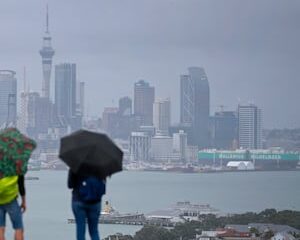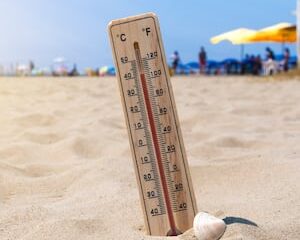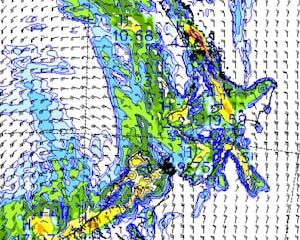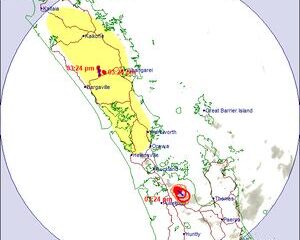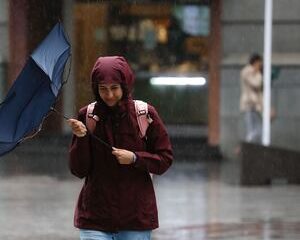Science
Laser Research Initiative Launched to Study Aerosols in New Zealand
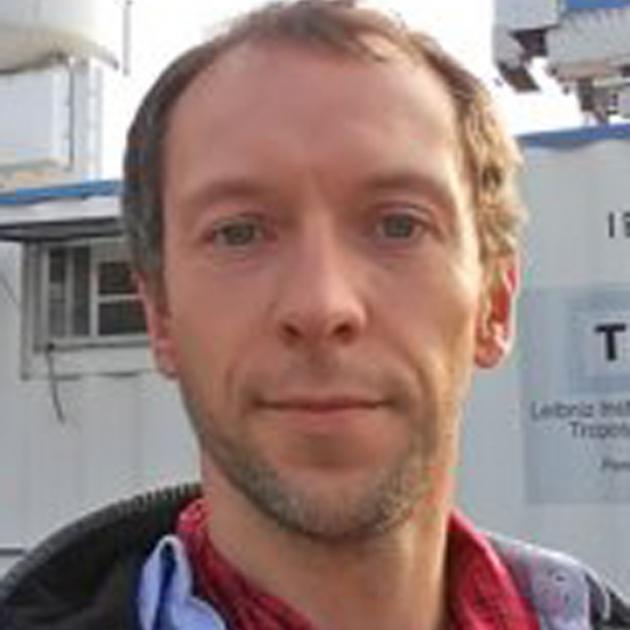
A new atmospheric research project has commenced at the MetService site near Invercargill Airport, aiming to gather critical data on the impact of aerosols on the atmosphere. The initiative, named goSouth-2, is a collaborative effort involving institutions from Germany and New Zealand, including the Meteorological Institute of the University of Leipzig and the Leibniz Institute for Tropospheric Research (TROPOS), alongside MetService, the University of Canterbury, and The Air Quality Collective. The project officially opens on September 3, 2023.
Five researchers from TROPOS are currently setting up equipment at the MetService site. According to Dr. Patric Seifert, a researcher at TROPOS, aerosols—tiny airborne particles—are introduced into the atmosphere from various sources, including the sea and land. These particles can consist of salt, dust, pollen, and emissions from smoke or volcanic activity.
Dr. Seifert emphasized the importance of aerosols in cloud formation, stating that they serve as nuclei for cloud particles to attach to. He noted, “The less aerosol particles are available, the less cloud particles can form, and vice-versa.” The southern tip of New Zealand, situated at the northern edge of the Southern Ocean, presents a unique environment for studying the relationships between aerosols and clouds.
As Dr. Seifert explained, the atmospheric conditions in this region can vary significantly. When air masses come from Antarctica, the atmosphere tends to be very clean. In contrast, air masses arriving from Australia can introduce more pollutants. Understanding the differences in aerosol content between these air masses will help researchers gain insights into how clouds respond to changes in aerosol levels.
Current atmospheric and climate models are less accurate at simulating cloud behavior over the Southern Ocean compared to the northern hemisphere. Dr. Seifert pointed out that the disparity in aerosol levels between the two hemispheres might explain the differences in model performance. The northern hemisphere has more extensive data available, primarily due to higher levels of pollution.
The location of Invercargill is advantageous for this research, as it offers logistical support for the equipment and accommodation for the research staff. MetService has already been conducting significant observations at this site, including long-term records of weather balloon soundings, precipitation measurements, and assessments of solar and thermal radiation.
Visitors to the area may notice a green laser beam in the sky near Invercargill Airport. This beam is part of the research team’s lidar system, which emits laser pulses to investigate aerosols. The beam is fixed, and airport personnel have been informed of its presence. Additionally, radar systems will be employed to detect and study cloud formations and precipitation.
The TROPOS team will remain on-site for a duration of 18 months, while a group of approximately 15 researchers in Germany will analyze the collected data. This project follows the goSouth-1 study, which was conducted in 2022 in Pahia, located about 50 kilometers from Invercargill. That initial study lasted one month and utilized fewer resources.
With the commencement of goSouth-2, researchers are poised to deepen our understanding of the intricate dynamics between aerosols and clouds, potentially influencing climate models and atmospheric science.
-

 World1 week ago
World1 week agoPrivate Funeral Held for Dean Field and His Three Children
-

 Top Stories2 weeks ago
Top Stories2 weeks agoFuneral Planned for Field Siblings After Tragic House Fire
-

 Sports3 months ago
Sports3 months agoNetball New Zealand Stands Down Dame Noeline Taurua for Series
-

 Entertainment3 months ago
Entertainment3 months agoTributes Pour In for Lachlan Rofe, Reality Star, Dead at 47
-

 Entertainment2 months ago
Entertainment2 months agoNew ‘Maverick’ Chaser Joins Beat the Chasers Season Finale
-

 Sports3 months ago
Sports3 months agoSilver Ferns Legend Laura Langman Criticizes Team’s Attitude
-

 Sports4 weeks ago
Sports4 weeks agoEli Katoa Rushed to Hospital After Sideline Incident During Match
-

 World2 weeks ago
World2 weeks agoInvestigation Underway in Tragic Sanson House Fire Involving Family
-

 Politics2 months ago
Politics2 months agoNetball NZ Calls for Respect Amid Dame Taurua’s Standoff
-

 Top Stories2 weeks ago
Top Stories2 weeks agoShock and Grief Follow Tragic Family Deaths in New Zealand
-

 Entertainment3 months ago
Entertainment3 months agoKhloe Kardashian Embraces Innovative Stem Cell Therapy in Mexico
-

 World4 months ago
World4 months agoPolice Arrest Multiple Individuals During Funeral for Zain Taikato-Fox

